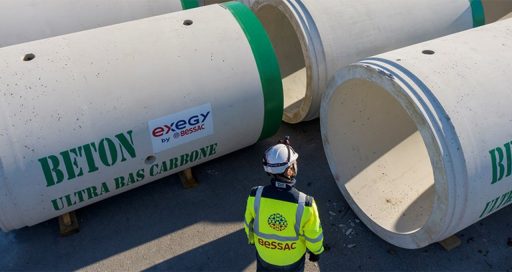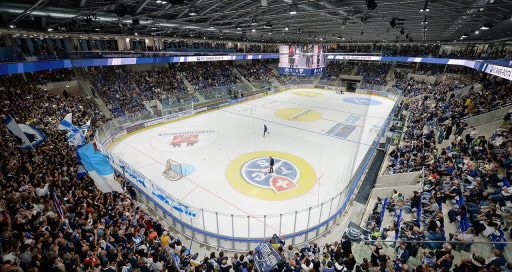Second-hand equipment marketplace set up to reduce waste
Reading time: 4 min
To reduce the amount of waste they generate, VINCI Energies business units can now use a mobile app for buying and selling unused equipment.
![]()
Each year, France’s construction and engineering sector produces 42 million tonnes of waste. The circular economy, which is one way for the sector to play its part in using resources more sparingly, is seeing very limited uptake, particularly in terms of equipment reuse. So to meet the challenges around waste reduction in the building industry, VINCI Energies has launched a mobile platform called Reyuz that provides second-hand technical equipment.
“At one point or another, businesses have to manage the end of contracts, moves, order errors and dead stock. To help with this, we designed a mobile app that enables each VINCI Energies business unit to make a wide range of equipment available to others, including office furniture and consumables, site furniture (fridges, microwaves, lockers, etc.), power tools and technical equipment,” explains Stéphane Bretin, maintenance & services building solutions manager.
Overcoming the barriers to the adoption of the service
Rather than being based on a system with centralised stock and integrated logistics, the idea is to connect needs, linking buyers and sellers of equipment that is described in a fairly succinct way. It’s up to the various parties to discuss purchase terms and conditions, including the price. The designers of the marketplace purposely opted for a simple and transparent offering. “It’s probably trickier to launch and above all maintain a circular economy app in the business world than in a consumer environment. There are a lot of barriers to the adoption of a professional marketplace. In fact, that explains why there are so few initiatives of this type,” stresses Stéphane Bretin.
The first challenge is to achieve critical mass. Platforms like this require a big enough community of users to make the benefits outweigh the risks. This condition is all the more critical since the model needs to operate locally or at the most regionally if it is to meet its environmental objectives.
“Our main aim is to promote a socially and environmentally responsible approach that keeps waste generation to a minimum. We want to contribute towards the expansion of the circular economy and to be in line with current developments”
Another barrier is that for buyers who are used to working with well-established framework contracts (suppliers, products, prices, delivery times), equipment reuse appears to be more restrictive than new product purchasing. Moreover, there can be doubts as to the guarantees offered for the logistical aspects (delivery, packaging). The selection and coordination of partners across the value chain requires an assurance of transparency.
Second-hand products aren’t necessarily less expensive
Lastly and indeed paradoxically, second-hand doesn’t always mean lower cost. Products intended for reuse can require steps involving labour such as removal, cleaning, repackaging, transport and storage, and because they’re not registered in a pricing guide they can reach a price that is equivalent to that of new products. “The main purpose of our marketplace is to promote a socially and environmentally responsible approach that keeps waste generation to a minimum. We want to contribute towards the expansion of the circular economy and to be in line with current developments.”
Designed and developed in-house, the solution should be rolled out within VINCI Energies at the end of February 2022. In the longer term, it could be used to define the carbon impact of transactions performed and this could then be incorporated into the group’s overall carbon footprint.
14/04/2022





